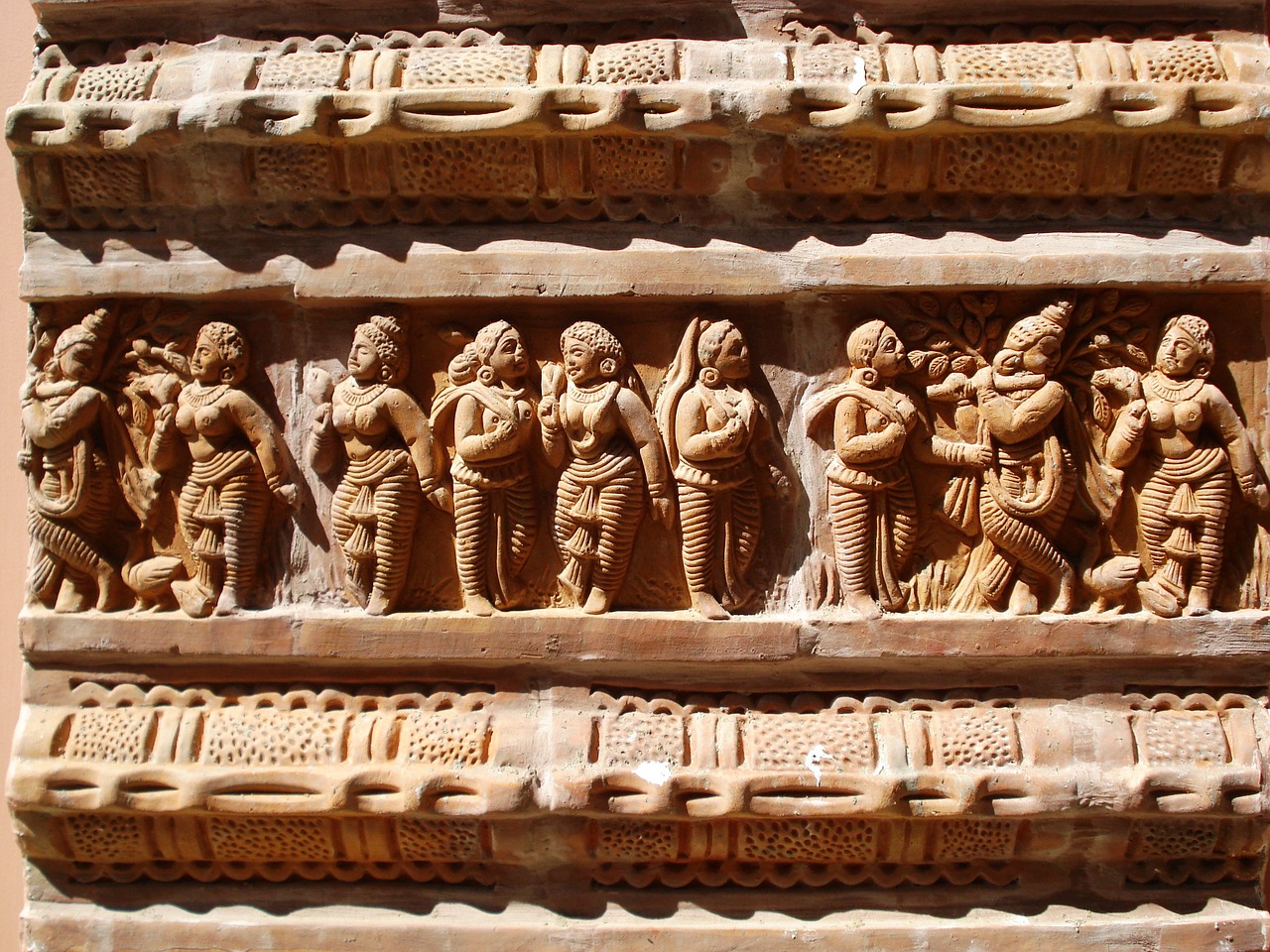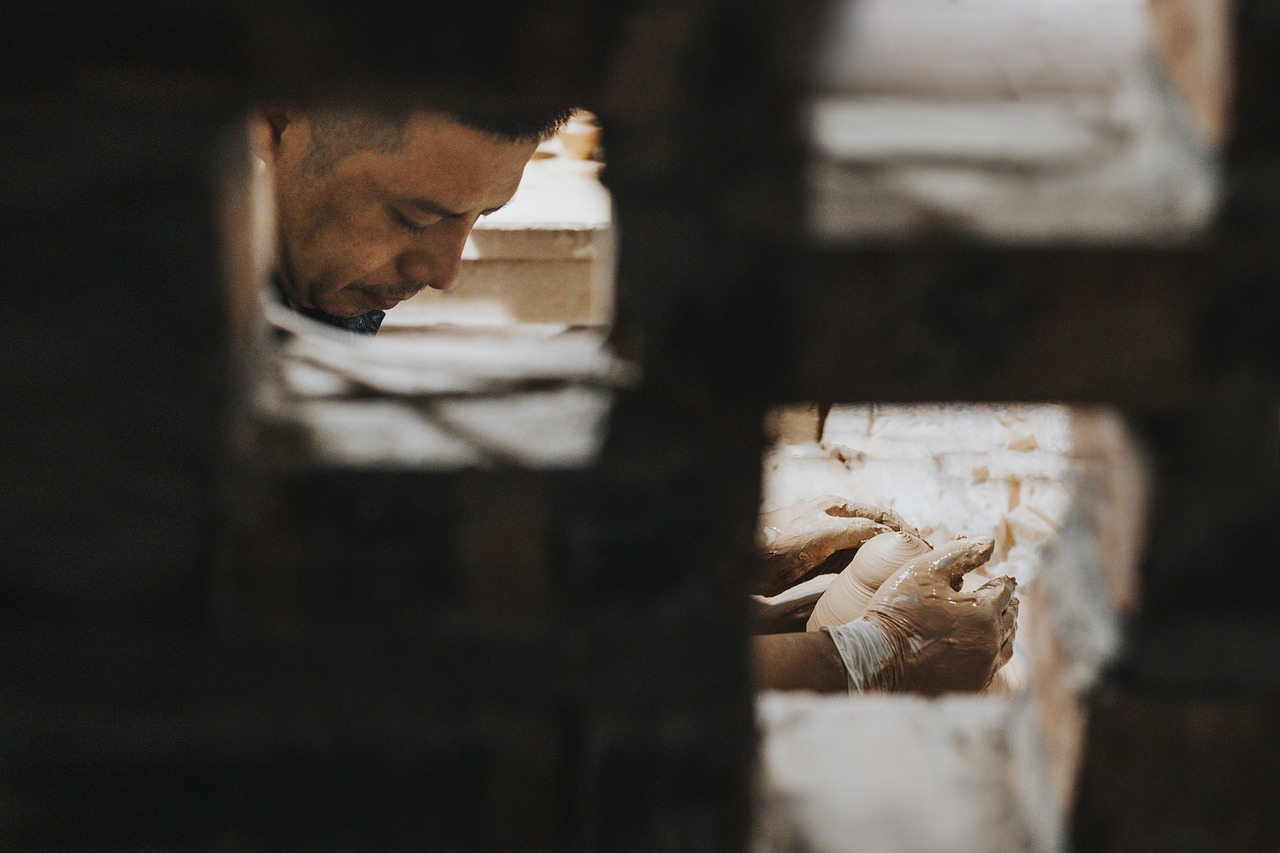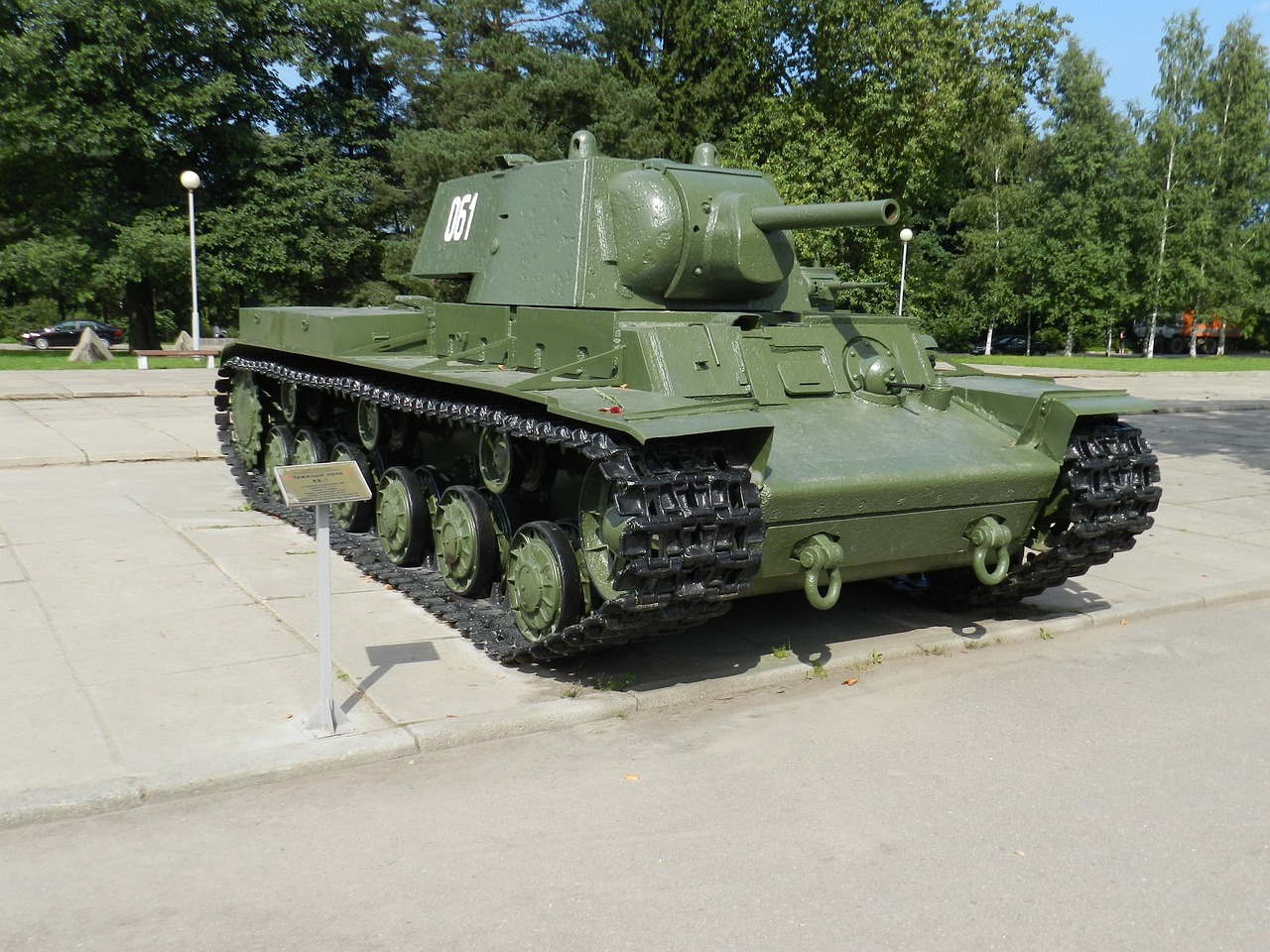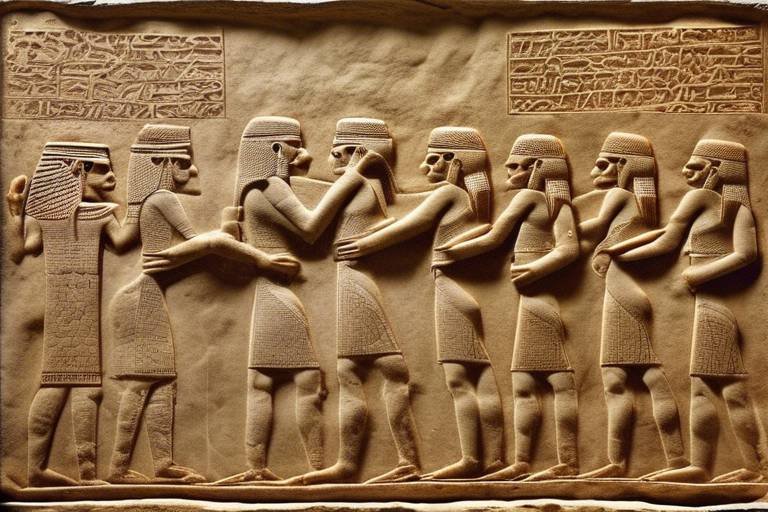The Ancient Chinese Terracotta Army - Who Were They?
The Ancient Chinese Terracotta Army, a marvel that has captivated the world with its enigmatic presence, stands as a testament to the ingenuity and artistry of ancient Chinese civilization. Crafted over two millennia ago, these life-sized clay soldiers hold within them a story of mystery and grandeur, inviting us to delve into the depths of history to uncover the secrets they guard.
As we stand in awe of this archaeological wonder, one cannot help but wonder: who were the individuals immortalized in clay, standing in formation for eternity? Were they mere representations of soldiers, or did they embody something more profound, something that transcends time and space?
To understand the essence of the Terracotta Army, we must first grasp the context in which they were created. Commissioned by Emperor Qin Shi Huang, the first emperor of a unified China, these clay warriors were part of a grand funerary complex designed to accompany him in the afterlife. Each soldier meticulously crafted, each face bearing a unique expression, these figures were more than mere statues - they were guardians, protectors, and companions to the emperor in his eternal journey.
Imagine the sheer scale of the undertaking, the dedication of countless artisans who labored to bring these figures to life. Each soldier equipped with intricate weaponry, each detail meticulously carved, reflecting the skill and artistry of a civilization that valued precision and craftsmanship.
But beyond their artistic merit, the Terracotta Army holds a deeper significance - they were believed to serve as a formidable force in the afterlife, ensuring the emperor's safety and supremacy in the realm beyond. This belief in the power of these clay soldiers as protectors of the deceased monarch sheds light on the spiritual and cultural practices of ancient China, where rituals and ceremonies played a crucial role in ensuring the ruler's eternal glory.
Today, as we gaze upon these silent sentinels of the past, we are reminded of the enduring legacy of the Qin Dynasty and the rich tapestry of Chinese history. The Terracotta Army stands not just as a symbol of a bygone era but as a bridge connecting us to our ancestors, their stories etched in clay for us to unravel and ponder.

Discovery of the Terracotta Army
The discovery of the Terracotta Army in 1974 was nothing short of a monumental surprise that shook the archaeological world to its core. Picture this - a group of local farmers in Xi'an, China, innocently digging a well, only to stumble upon one of the most extraordinary archaeological finds in history. As they dug deeper into the earth, they unearthed a vast underground complex housing thousands of life-sized clay soldiers, each with unique facial features and armed to the teeth.
Imagine the sheer astonishment and wonder that must have consumed those farmers as they gazed upon this army frozen in time, a silent testament to a bygone era of ancient China. The scale and intricacy of the Terracotta Army left experts and historians dumbfounded, prompting a flurry of research and excavation to unravel the mysteries buried beneath the earth.
What was initially a routine digging task for the farmers turned into a momentous archaeological event that would capture the imagination of the world. The accidental discovery of the Terracotta Army not only shed light on the military might of the Qin Dynasty but also revealed the meticulous planning and craftsmanship of ancient Chinese artisans.

Emperor Qin Shi Huang
Emperor Qin Shi Huang, known as the first emperor of China, was a visionary leader whose legacy is intricately tied to the creation of the awe-inspiring Terracotta Army. Born in 259 BC, Qin Shi Huang ascended to the throne at the young age of 13 and embarked on a mission to unify the warring states of China under his rule. His reign marked the beginning of the Qin Dynasty and a significant period of transformation in Chinese history.
Driven by a fervent desire for eternal life and power beyond death, Emperor Qin Shi Huang initiated the construction of his mausoleum complex, which included the grand army of terracotta soldiers. This monumental undertaking was a testament to his absolute authority and belief in the afterlife, where he sought to replicate his earthly dominion in the spiritual realm.
The Terracotta Army, with its thousands of meticulously crafted soldiers, horses, and chariots, was intended to accompany Qin Shi Huang in the afterlife as his loyal guardians and protectors. Each figure was uniquely designed, reflecting the diversity and sophistication of ancient Chinese artistry during the emperor's reign.
Emperor Qin Shi Huang's obsession with immortality and the supernatural extended beyond the creation of the Terracotta Army. He famously sought the elixir of life, leading expeditions in search of mythical islands and herbs that promised eternal youth. Despite his remarkable achievements in unifying China and advancing its infrastructure, his quest for immortality remains a defining aspect of his enigmatic persona.

Artistic Detail and Variation
The of the ancient Chinese Terracotta Army is a testament to the incredible skill and creativity of the artisans who crafted these remarkable sculptures. Each soldier in the army is meticulously designed with unique facial features, hairstyles, and expressions, reflecting the diversity and individuality of the warriors they represent. The attention to detail extends to the armor and weaponry, with different types of swords, spears, and other weapons carried by the soldiers, showcasing the depth of craftsmanship present in each clay figure.
One of the most striking aspects of the Terracotta Army is the variation in poses and attire among the soldiers. Some stand tall and proud, while others appear in a more relaxed or defensive stance, creating a sense of movement and dynamism within the ranks. The clothing and armor worn by the soldiers also display intricate patterns and designs, highlighting the artistic flair and expertise of the ancient Chinese artists who brought these figures to life.
Moreover, the Terracotta Army not only includes infantry soldiers but also chariots, archers, and cavalry units, each with their own distinctive features and roles. This diversity in representation adds depth and complexity to the overall composition of the army, offering a glimpse into the military organization and tactics of the Qin Dynasty.

Guardians of the Afterlife
When delving into the realm of ancient Chinese beliefs and traditions, one cannot overlook the profound significance of the Terracotta Army as the . These meticulously crafted clay soldiers were not merely a display of artistic prowess but held a sacred duty in the eyes of Emperor Qin Shi Huang. The Emperor's belief in the afterlife and the need for protection in the realm beyond led to the creation of this awe-inspiring army, each soldier standing as a sentinel in the eternal service of their ruler.
Symbolizing the Emperor's authority and power even in death, the Terracotta Army was interred alongside Qin Shi Huang to ensure his protection and supremacy in the afterlife. The intricate details of their armor, facial features, and weaponry not only showcased the artistic skill of ancient Chinese artisans but also served a symbolic purpose in safeguarding the Emperor's spirit on his journey beyond the mortal realm.
Furthermore, the concept of the afterlife held great importance in ancient Chinese culture, with elaborate burial practices and rituals designed to ensure a smooth transition for the deceased into the next world. The Terracotta Army, with its imposing presence and unwavering vigilance, embodied this belief in the continuity of life beyond death, standing as eternal guardians ready to defend their master against any threat in the spiritual realm.

Archaeological Significance
Delving into the depths of history, the of the Terracotta Army unveils a treasure trove of knowledge about ancient Chinese civilization. This remarkable discovery not only offers a glimpse into the military strategies and warfare tactics of the Qin Dynasty but also sheds light on the elaborate burial customs of that era. Through the meticulous excavation and study of the Terracotta Army, archaeologists have pieced together invaluable insights into the political, social, and cultural landscape of ancient China.
One of the most intriguing aspects of the Terracotta Army is its portrayal of the military organization and weaponry used during the time of Emperor Qin Shi Huang. The detailed depictions of soldiers, horses, and chariots provide researchers with a firsthand look at the military might of the Qin Dynasty and the advancements made in ancient Chinese warfare. By analyzing the positioning of the soldiers and the types of weapons they wield, archaeologists have been able to reconstruct battle formations and tactics employed by the ancient Chinese army.
Furthermore, the discovery of the Terracotta Army has sparked new avenues of research into ancient Chinese craftsmanship and artistic techniques. The lifelike statues, each with unique facial features and expressions, showcase the skill and creativity of the artisans who crafted them. By studying the materials used, the methods of production, and the stylistic variations among the figures, archaeologists have gained a deeper appreciation for the artistic heritage of ancient China.
Moreover, the burial complex surrounding the Terracotta Army provides valuable clues about the religious and spiritual beliefs of the Qin Dynasty. The meticulous construction of the underground mausoleum, complete with intricate passages and chambers, reflects the importance placed on the afterlife and the preservation of the emperor's legacy. Through careful excavation and analysis of the burial site, archaeologists continue to unravel the mysteries of ancient Chinese funerary practices and the symbolic significance attributed to the Terracotta Army as guardians of the emperor in death.

Preservation Challenges
Preserving the ancient wonder of the Terracotta Army presents a myriad of challenges that require careful attention and innovative solutions. One of the primary preservation challenges stems from the delicate nature of the clay figures themselves. Over time, exposure to environmental factors such as humidity, temperature fluctuations, and even human contact can lead to deterioration and damage. To combat this, conservationists employ advanced techniques and materials to stabilize the clay and prevent further degradation.
Another significant challenge in preserving the Terracotta Army lies in the sheer scale of the archaeological site. With thousands of life-sized soldiers, horses, and chariots spread across different pits, ensuring comprehensive maintenance and protection is a monumental task. Conservation efforts must be meticulously planned and executed to cover all areas of the site and address any emerging issues promptly.
Furthermore, the underground environment where the Terracotta Army was discovered poses specific preservation challenges. The presence of groundwater and salts in the soil can pose a threat to the integrity of the clay figures, leading to potential structural damage. Specialized monitoring systems and drainage mechanisms are implemented to regulate moisture levels and mitigate the risk of deterioration caused by environmental factors.
Preservation efforts also face the challenge of balancing conservation with public access. As a popular tourist destination, the Terracotta Army site welcomes a large number of visitors each year. Managing foot traffic, implementing protective measures, and providing educational resources to raise awareness about the importance of preservation are essential components of safeguarding this cultural heritage site for future generations.

Modern-Day Research and Discoveries
Modern-Day Research and Discoveries surrounding the enigmatic Terracotta Army continue to unveil new insights into ancient Chinese history and craftsmanship. Recent archaeological endeavors have led to the discovery of additional pits containing intricately crafted clay soldiers, horses, and chariots, expanding our understanding of the scale and complexity of Emperor Qin Shi Huang's funerary complex. Advanced technologies such as 3D scanning and DNA analysis have enabled researchers to delve deeper into the mysteries of the Terracotta Army, shedding light on the materials used in their construction and the techniques employed by ancient artisans.
Furthermore, ongoing research has revealed the presence of pigment residues on the terracotta figures, suggesting that they were once vividly painted, providing a glimpse into the vibrant colors that adorned these ancient sculptures. Excavations at the site have also unearthed artifacts and remains that offer clues about the daily lives of the craftsmen and laborers involved in creating the Terracotta Army, adding a human dimension to this monumental archaeological find.
Collaborations between Chinese archaeologists and international experts have led to collaborative projects aimed at preserving and studying the Terracotta Army, fostering a global exchange of knowledge and expertise. These partnerships have resulted in the development of innovative conservation techniques to protect the fragile terracotta artifacts from environmental degradation and ensure their longevity for future generations to appreciate.

Global Impact and Cultural Legacy
The Terracotta Army stands as a testament to China's rich history and artistic heritage, leaving a profound impact on a global scale. This remarkable archaeological find has captured the imagination of people worldwide, drawing in visitors from every corner of the globe to marvel at its grandeur and historical significance.
As a symbol of China's cultural legacy, the Terracotta Army serves as a reminder of the country's ancient roots and the artistic prowess of its craftsmen. The intricate details and sheer magnitude of the clay soldiers continue to awe and inspire, showcasing the ingenuity and skill of ancient Chinese artisans.
Moreover, the cultural legacy of the Terracotta Army extends beyond its historical value, influencing contemporary art, design, and even popular culture. Its iconic status has permeated various aspects of modern society, becoming a symbol of resilience, creativity, and the enduring spirit of the Chinese people.
Through exhibitions, documentaries, and scholarly research, the global impact of the Terracotta Army continues to grow, fostering cross-cultural dialogue and appreciation for the wonders of the ancient world. Its legacy serves as a bridge between the past and the present, connecting people across time and space through the shared fascination with this extraordinary archaeological marvel.
Frequently Asked Questions
- What is the Terracotta Army?
The Terracotta Army is a collection of life-sized clay soldiers and horses that were buried with China's first emperor, Qin Shi Huang, to protect him in the afterlife.
- How was the Terracotta Army discovered?
The Terracotta Army was accidentally discovered by farmers in 1974 while digging a well near the tomb of Emperor Qin Shi Huang in Xi'an, China.
- Why was the Terracotta Army created?
The Terracotta Army was created to serve as guardians for Emperor Qin Shi Huang in the afterlife, reflecting the ancient Chinese belief in the afterlife and the importance of protection and companionship.
- What is the significance of the Terracotta Army?
The Terracotta Army holds significant archaeological and historical importance, providing insights into ancient Chinese art, warfare, burial practices, and the power of Emperor Qin Shi Huang during the Qin Dynasty.
- How is the Terracotta Army preserved?
The Terracotta Army site faces preservation challenges due to exposure to environmental factors. Conservation efforts involve monitoring humidity levels, implementing protective measures, and ongoing research to ensure the long-term preservation of this cultural treasure.
- What recent discoveries have been made about the Terracotta Army?
Modern research and discoveries continue to uncover new excavation sites, technologies, and insights related to the Terracotta Army, shedding light on its creation, purpose, and the mysteries surrounding this ancient wonder.
- What is the global impact of the Terracotta Army?
The Terracotta Army has a lasting cultural legacy, symbolizing China's rich history and artistic heritage. It has captivated audiences worldwide and serves as a testament to the craftsmanship and beliefs of ancient Chinese civilization.



















